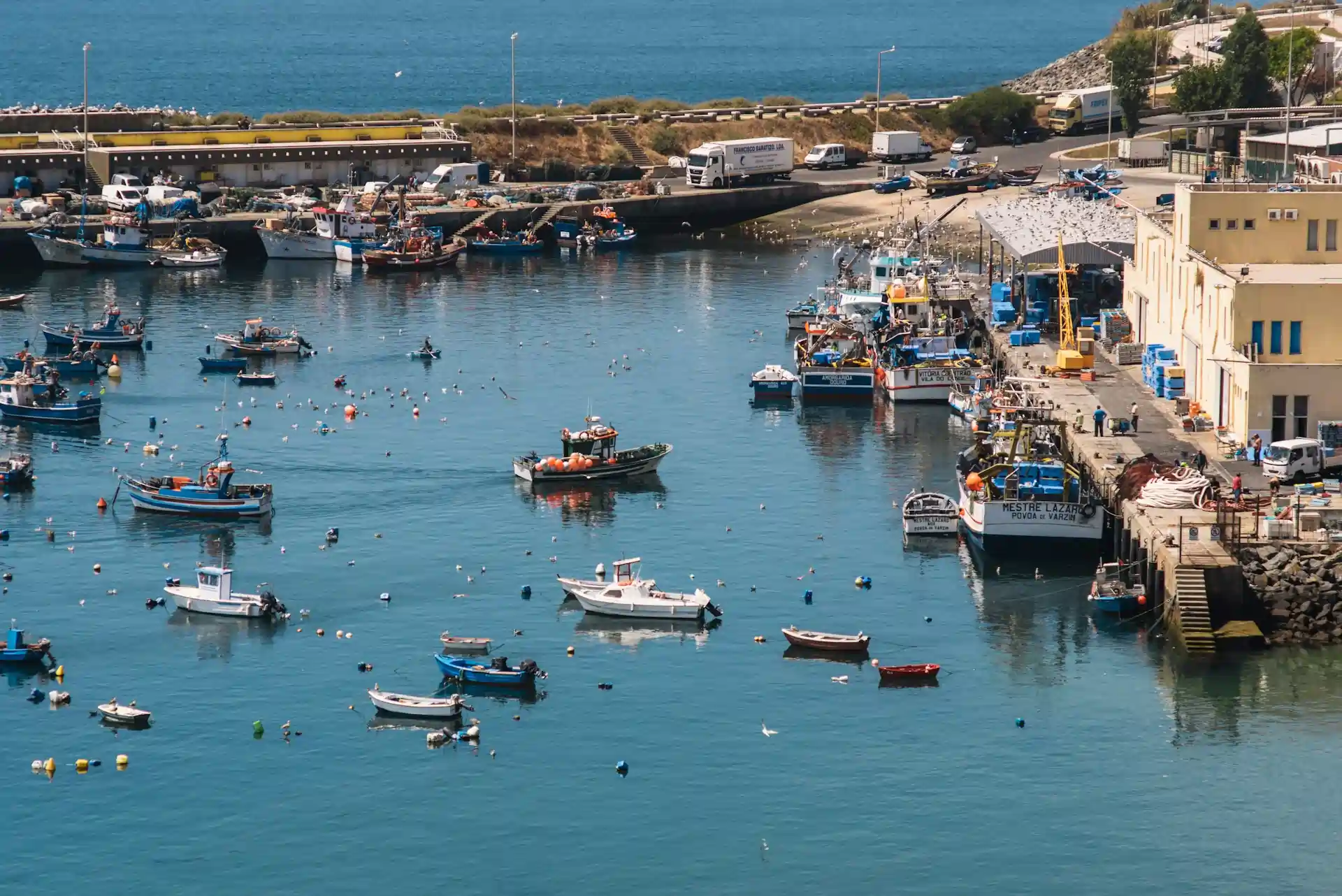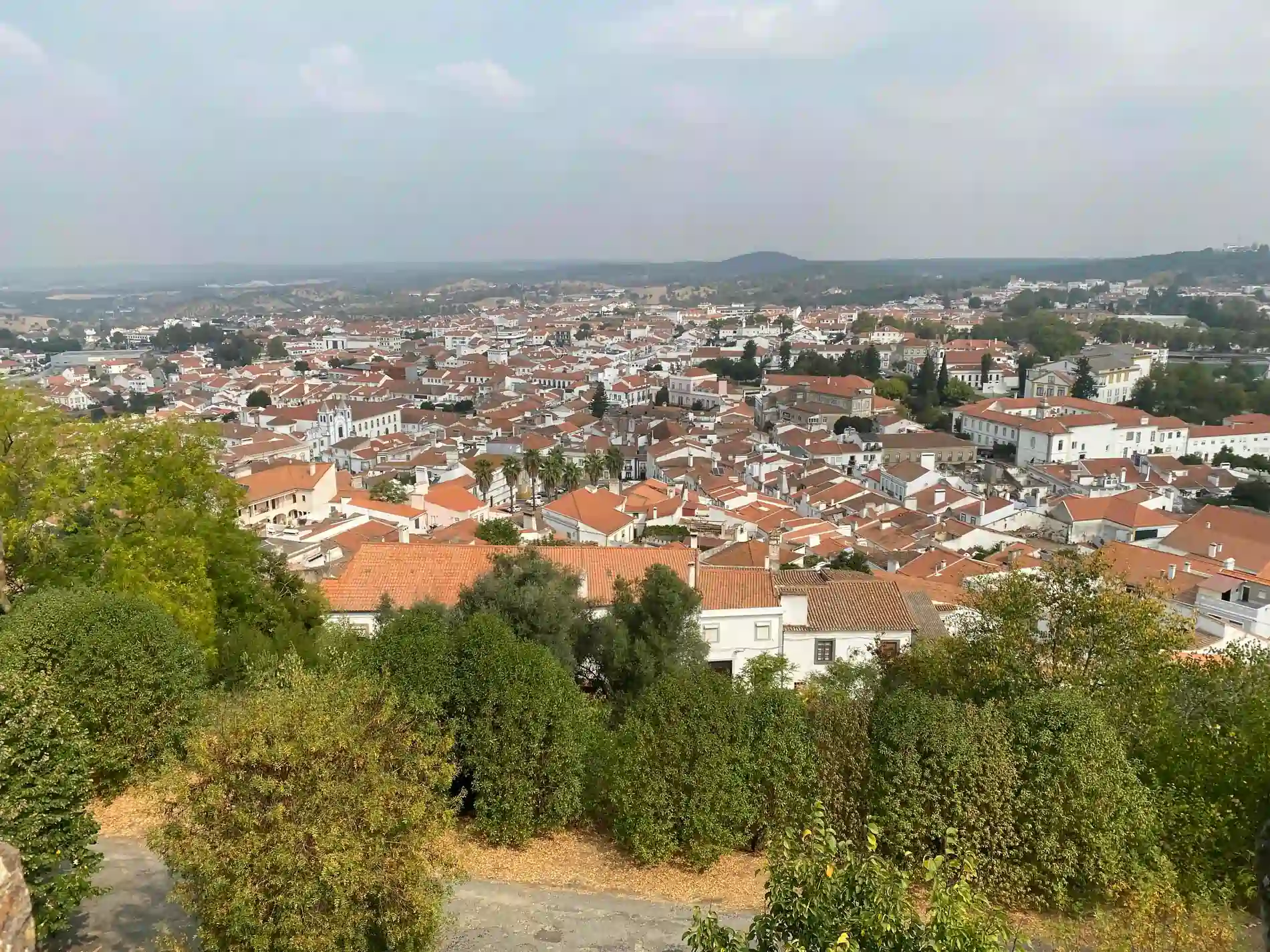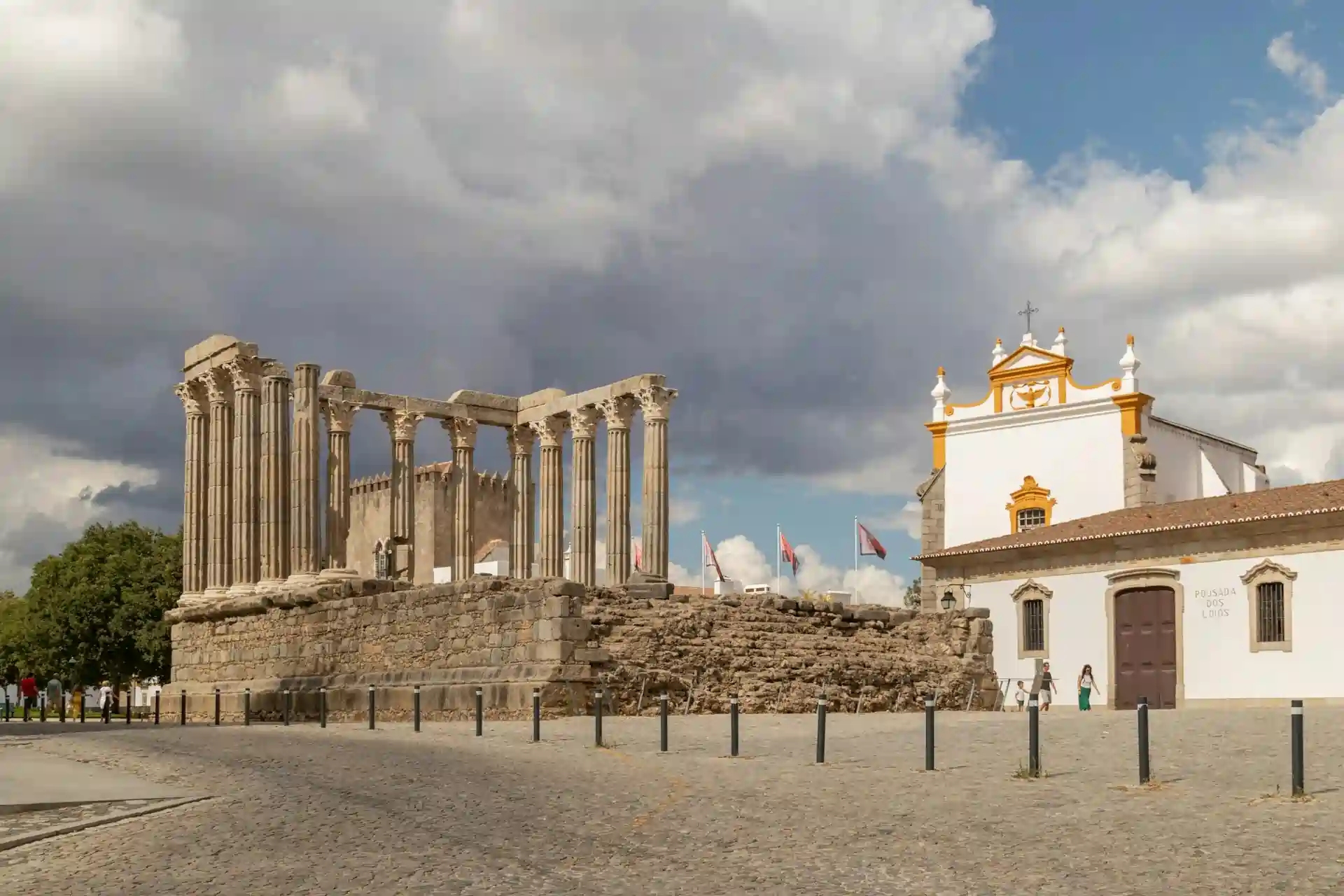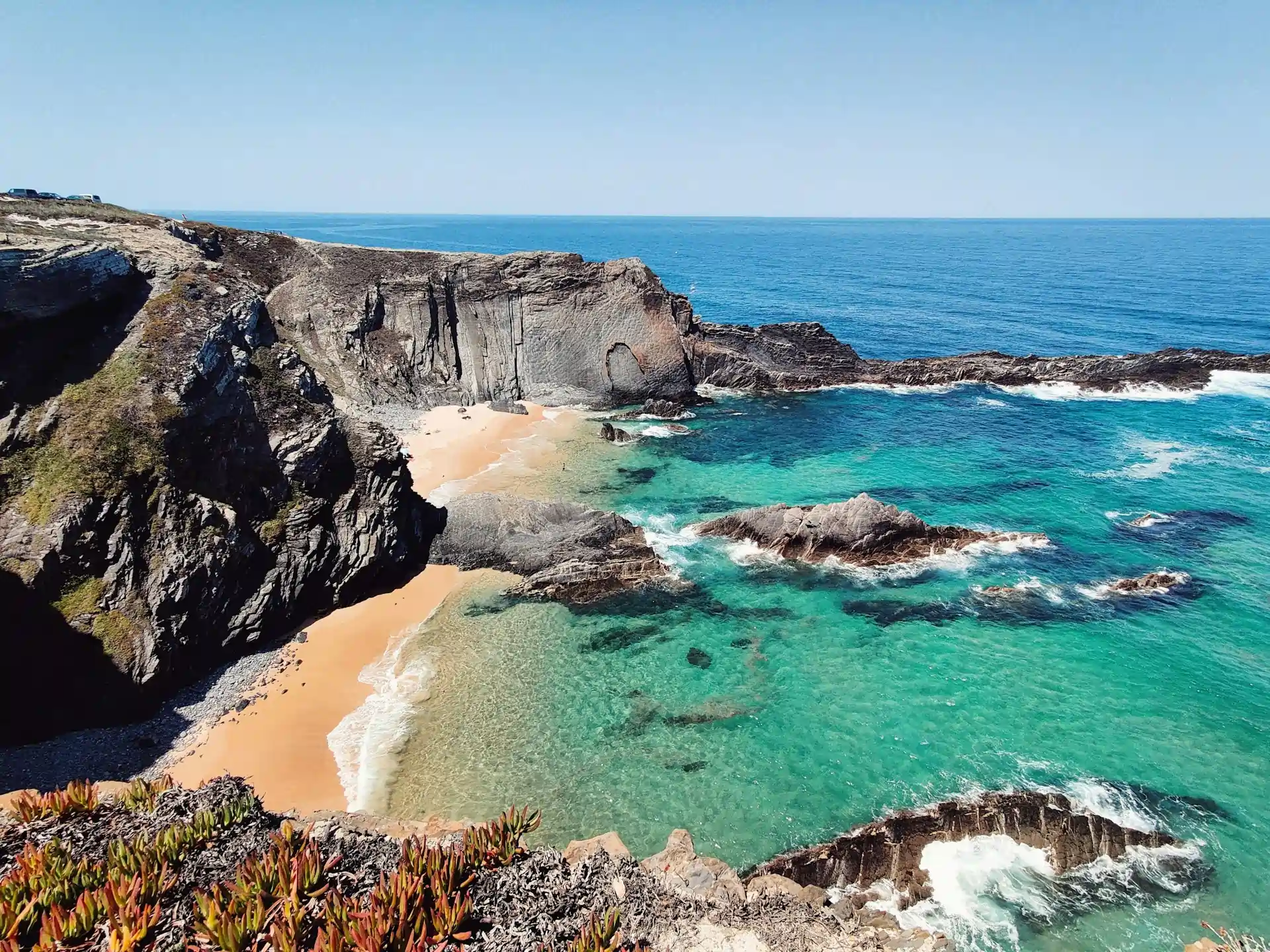
Explore the Untamed Beauty of Portugal’s Alentejo Coast | Southwest Alentejo & Costa Vicentina
The Alentejo coast (Costa Alentejana) in southern Portugal is unlike any other part of the region. It offers a dramatic contrast to the sun-soaked plains and rolling vineyards for which Alentejo is typically known. This coastal stretch is a serene escape, unspoiled by the large-scale tourism that plagues other areas, like the Algarve, making it a peaceful haven for nature lovers and adventurers alike.
Often referred to as Europe’s last wild coast and one of the most beautiful in the world, the Alentejo coastline boasts wide, uncrowded beaches and spectacular views from rugged cliffs. It’s the perfect destination for those who seek solitude and serenity while basking in the raw, natural beauty of coastal Portugal.
Where to Find the Alentejo Coast
To explore this remarkable coastline, travel south from Lisbon, head southwest from Evora, or come north from the Algarve. The Alentejo coast includes key municipalities like Alcácer do Sal, Grândola, Santiago do Cacém, Sines, and Odemira, stretching from the Setúbal Peninsula down to Aljezur.
However, this region is most famous for the Southwest Alentejo and Costa Vicentina Natural Park (Parque Natural do Sudoeste Alentejano e Costa Vicentina), a vast protected area covering 110 km (68 mi) of pristine beaches and dramatic ocean views, from São Torpes in the north to Burgau on the Algarve’s southern coast.
A Coastal Paradise for Every Traveler
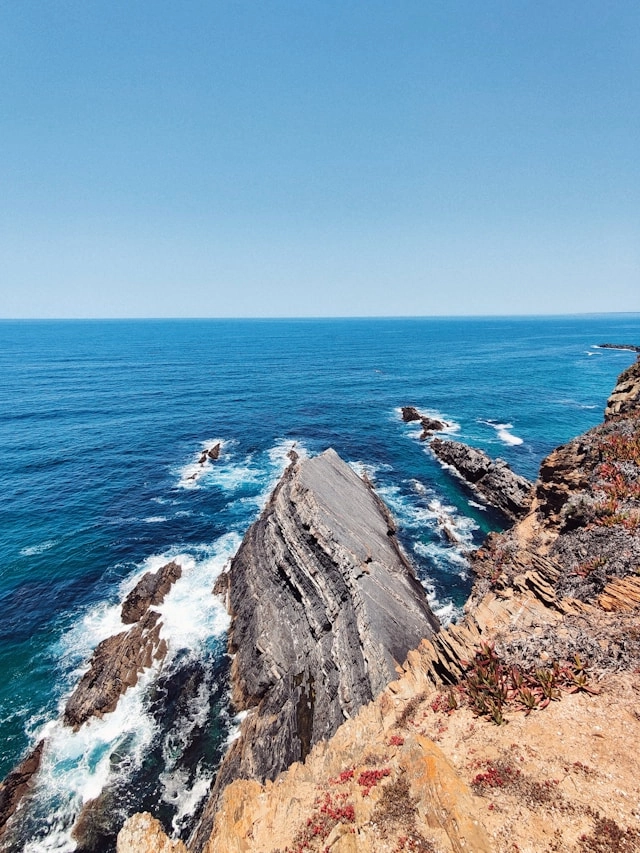
While the Alentejo coast is often considered a summer destination, the off-season provides an opportunity for a more peaceful experience. Visitors can explore the diverse terrain—towering cliffs, hidden coves, and tranquil beaches—without the bustling crowds of peak summer. From surfers riding Atlantic waves to birdwatchers scanning the skies, the region caters to all kinds of travelers.
Outdoor enthusiasts will find no shortage of activities here. Hiking and cycling trails traverse the coastline, while the rivers and sea offer opportunities for kayaking, fishing, and even diving. Horseback riding is another way to explore the region’s dramatic landscapes, and for those who seek a bit more adventure, the skies above Alentejo are ideal for skydiving, paragliding, or even a scenic flight in a hot air balloon.
Connect with Alentejo’s Rich Cultural Heritage
The Alentejo coast isn’t just about natural beauty—it has a deep history dating back to the Neolithic period, when it attracted settlers due to its prime location and abundant resources. The region has since been shaped by the Phoenicians, Greeks, Romans, and Moors, each leaving their mark on its culture and architecture.
For history buffs, ancient fortresses like Aljezur Castle and the Arrifana Ribat offer a glimpse into the region’s Moorish past. Meanwhile, Roman ruins at Miróbriga and Troia remind visitors of the area’s significance during the Roman Empire.
Explore the Towns and Villages of Alentejo
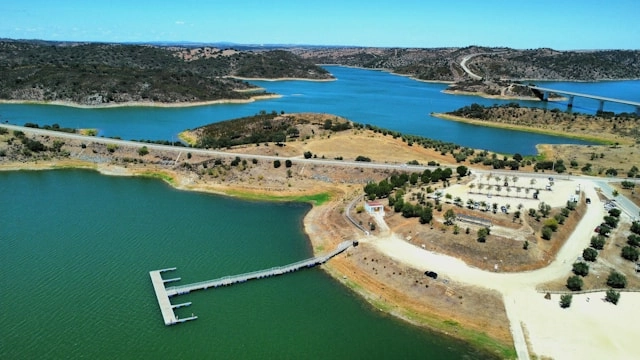
The charm of Alentejo’s coast is not limited to its beaches. The villages and towns along the coast are rich in character, featuring quaint whitewashed houses, often adorned with blue or yellow trim. Wander through cobblestone streets, visit local markets, and immerse yourself in the relaxed pace of life. The locals, known as “alentejanos,” are known for their warm hospitality and will welcome you with open arms.
Must-Visit Sites and Activities Along the Alentejo Coast
Troia Peninsula: This is where the Alentejo coast begins for travelers coming from the north. The area features 18 km of golden sand beaches, crystal-clear waters, and a range of activities, from sailing to dolphin-watching in the Sado River Estuary.
Porto Covo: This charming village, famous for its picturesque beach, offers a taste of traditional Portuguese life. Visit the iconic Pessegueiro Island, which was once a key port during Roman times, and is now a great spot for windsurfing and canoeing.
Vila Nova de Milfontes: Known as the “Princess of Alentejo,” this beautiful town offers stunning river and sea views, historic sites like São Clemente Fort, and a laid-back atmosphere perfect for relaxation.
Zambujeira do Mar: One of the most vibrant villages in the region, Zambujeira do Mar is famous for its stunning beaches and the annual MEO Sudoeste music festival. The surrounding cliffs provide a dramatic backdrop to this small fishing village.
Southwest Alentejo and Vicentine Coast Natural Park: This protected park is a haven for nature lovers, offering some of the most unspoiled beaches in Portugal. Whether you want to surf at São Torpes or hike through the Fisherman’s Trails, the natural beauty here is unmatched.
A Region Rich in Adventure
For those who crave adventure, the Alentejo coast offers a range of water sports such as surfing, kitesurfing, and paddleboarding. Beaches like Amado, Arrifana, and Malhão provide perfect conditions for catching waves, while the calmer waters near Troia and São Torpes are ideal for beginner surfers.
On land, the Rota Vicentina is a popular network of over 450 km of hiking trails that span the region. From historical pilgrim routes to rugged coastal paths, these trails offer an intimate experience of the coastline’s natural beauty.
When to Visit and What to Expect

Thanks to its Mediterranean climate, the Alentejo coast enjoys mild weather year-round, making it an attractive destination in any season. Summers are warm but not as hot as inland areas, with temperatures ranging between 20°C and 30°C. Winters are cooler, but the coastal breeze keeps the climate mild, rarely dropping below 10°C.
For the best weather and fewer crowds, consider visiting in the spring or autumn when the region is at its most peaceful and the landscape is lush with greenery.
Plan Your Alentejo Coast Adventure
If you’re looking for a destination that combines raw natural beauty, outdoor adventure, and rich cultural history, the Alentejo coast is the perfect escape. Whether you’re planning a relaxing beach holiday or an active exploration of Portugal’s last wild coastline, this region will captivate you with its unique charm.
Pack your bags, invite your friends, and set out to discover the Alentejo coast—a slice of untouched paradise waiting for you.
alentejo